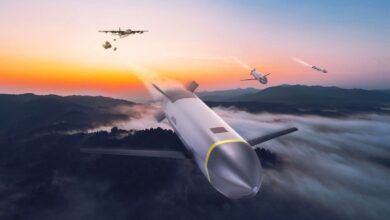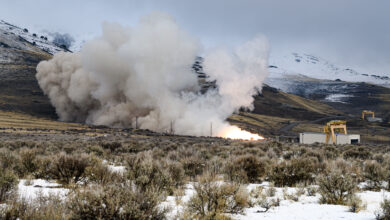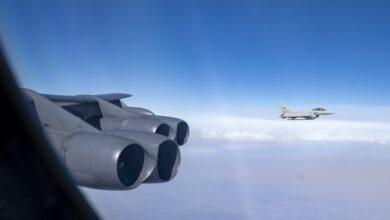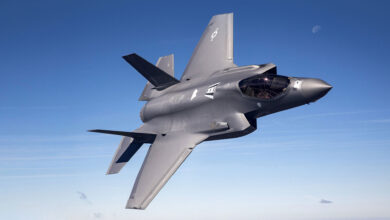Northrop Demonstrates Solar to Radio Frequency Conversion
The US Air Force Research Laboratory and Northrop Grumman have demonstrated a key component of a space-based solar power transmission system under development since 2018.
The Space Solar Power Incremental Demonstrations and Research Project (SSPIDR) aims to collect solar energy in space, convert it into radio frequency, and beam it down to ground-based receiving stations that could reconvert it to electricity.
Having a space-based power supply system will cut down the reliance of US troops on convoys of fuel trucks that are susceptible to enemy attacks, particularly during a conflict. The other advantage of having such a system will ensure uninterrupted and continuous solar supply, which is impossible from ground-based solar energy suppliers.
SSPIDR deputy project manager, Melody Martinez, said that “converting solar energy into RF (radio frequency) energy at the component level is a pivotal step to realizing space-based solar power beaming on a larger scale.”
Arachne Spacecraft
The Air Force Research Laboratory awarded Northrop a $100 million contract in 2018 to demonstrate key components of the SSPIDR’s flagship project, the Arachne spacecraft.
The spacecraft will have components “to manage the power, communications, thermal, and attitude (or spacecraft pointing/orientation) control systems.” Arachne’s space-based demonstration is expected in 2024-25.
One of Arachne’s components, the sandwich tile, consists of two layers: one with highly efficient photovoltaic cells and one with “components that enable solar to RF conversion and beamforming.”

Vice president Jay Patel of Northrop Grumman explained that “the successful conversion of sunlight into RF energy in a lightweight and scalable architecture is a significant step forward in delivering the technology building blocks to achieve the Arachne mission.”
“We are helping to deliver a pioneering capability that can provide a strategic advantage to our forces around the globe.”












